Food allergies are the worst kind – and for someone who has an insane amount of love for food, limiting yourself and deleting items from your food list can actually be hard. A number of people suffer silently due to their food habits not realizing that they may actually be allergic to the food. In fact, gluten allergy is one of the most common kinds of food allergies and until recently people weren’t even aware that you can actually have a normal life just by including delicious gluten-free food in your diet!
In this article, we will talk all about gluten-free food and the delicious options available for someone who is allergic to gluten. It will open new avenues for you to enjoy food without having to sit with allergies or a bad tummy. Curious already? Go ahead and read this post!
What Exactly Is Gluten?
You may have heard so much about gluten-free diets or gluten-free snacks, but do you actually know what on earth gluten is? Well, to answer simply, gluten refers to a family of proteins that are found in common grains like wheat, rye, spelt and barley. Among all the grains that are consumed, wheat is, of course, the most widely used and consumed. Gluten again has two ingredients – glutenin and gliadin. Gliadin is the one that is said to be the cause of most of the negative health effects.
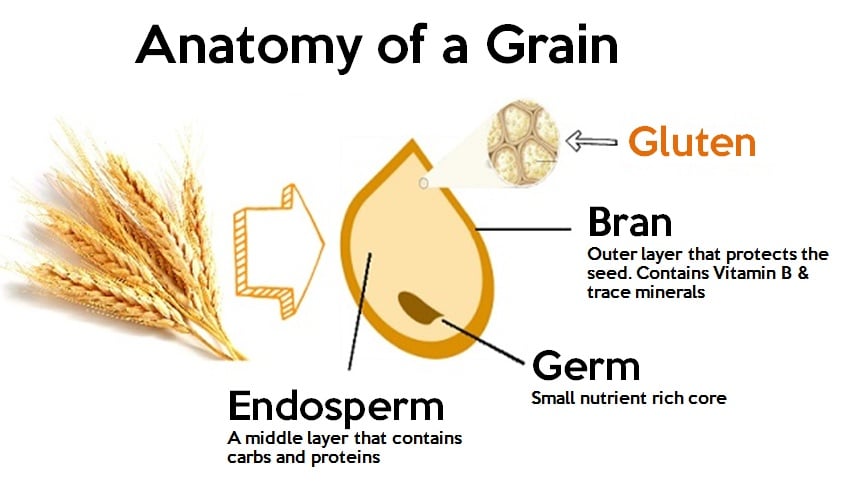
Source: firsteat.in
So Why Is Gluten Bad For Some People?
Most of us have a pretty high tolerance for most of the food available on our earth, but some of us may have a wheat allergy, celiac disease and gluten sensitivity that may cause us to react in a certain way to foods that have gluten.
Celiac disease is perhaps the most severe form of allergy to gluten and might manifest in a variety of ways. It is, in fact, an autoimmune disorder which means that when gluten is ingested, the body will start attacking this protein and in the process, damage the gut wall. This may lead to other health issues like nutritional deficiencies, anemia or even severe digestive problems like a bad tummy as well as an increased risk of many other diseases.
If you have celiac disease and you consume gluten foods, you may suffer from a discomfort in your stomach, headache, nausea, rashes, weight loss, and depression. These are actually pretty common symptoms and most people end up ignoring it or confusing it to be something else. In fact, research has pointed to the fact that 80% of the people who are suffering from celiac disease are not even aware that they are afflicted!
Some people come under the category of ‘Non-celiac gluten sensitivity’. In this case, as the name suggests, they are not suffering from celiac disease, but their body still rejects gluten. So whenever they have something that has a lot of gluten, they may experience symptoms such as belly ache, extreme fatigue, bloating and sometimes depression.
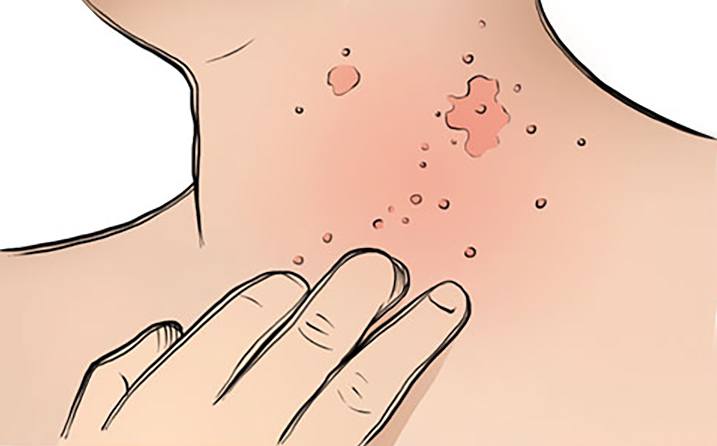
Source: paleogrubs.com
How Do You Determine Your Gluten Intolerance?
Though being a little more mindful of your digestive discomfort will help you identify the fact that you have gluten intolerance, you should also be aware whether you are having trouble gaining weight and maintaining a health RBC count. Your doctor will have two ways to find out whether you have celiac disease or gluten allergy. These are:
Blood tests: This will include a test that will screen you for antibodies. The test is known as the tTG-IgA test. If this test comes out positive, a tissue biopsy will be recommended for you to confirm the results.
Biopsy from small intestine: Sometimes you may also be asked to get a biopsy done form the small intestines. If the doctor sees that a lot of tissue has been damaged (due to your body attacking the gut wall), it may indicate that you are allergic to gluten.

Source: momjunction.com
What Are The Foods That Are Rich Sources Of Gluten?
Before we give you options of gluten-free foods, here are some of the food items that are very rich in gluten (and if you have gluten sensitivity or celiac disease, please keep away from them):
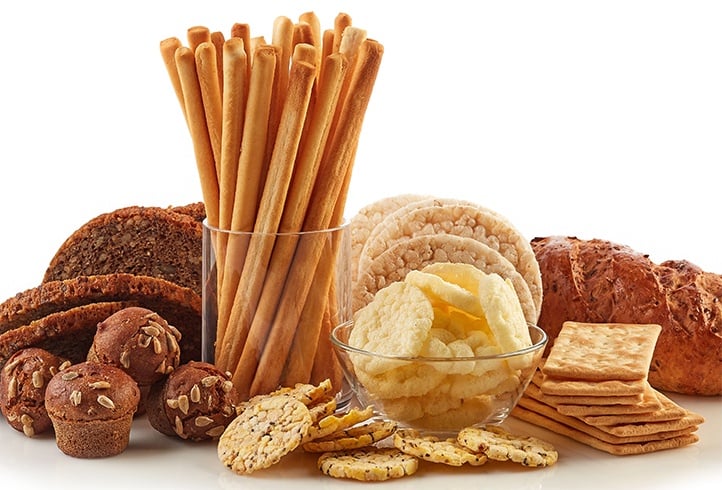
Source: rolloid.net
The most common sources of gluten in the diet are from cereals like wheat, barley, rye, pasta, bread, and beer (yes, beer too!) and of course items made from wheat including – cakes, pastries, and cookies. You should also keep an eye out for processed food and read labels wherever possible. Nowadays, wheat is also added to a lot of processed food. Make it a habit to read labels before buying any processed food.
Some meat products like salami, sausages may also contain gluten, and like we mentioned before, you should always read the labels and make an informed choice.
Tips To Plan A Gluten-free Diet:
Now that you know what the food items you should be avoiding are, the section below will tell you how to go about a gluten-free diet and what would a typical gluten-free diet include.
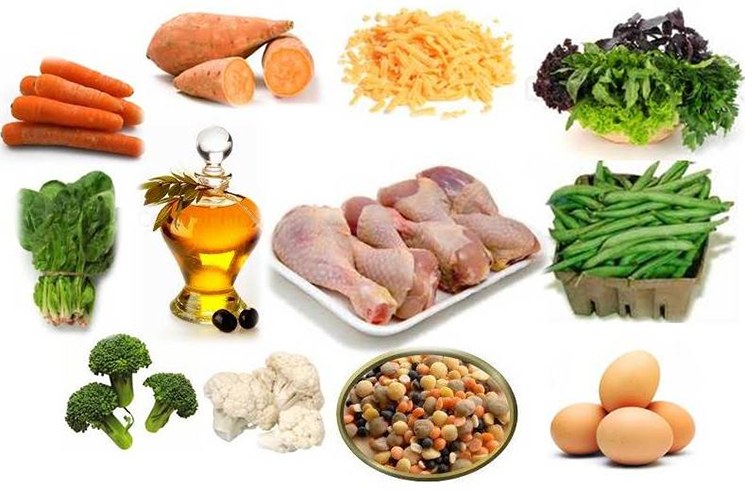
Source: celiac.org
- Vegetables and Fruits
- Meat and poultry
- Different types of Fish and seafood
- Some Dairy
- Beans, legumes, and nuts
Let’s elaborate a bit further on different food groups that you can include in your diet if you want to go gluten-free.
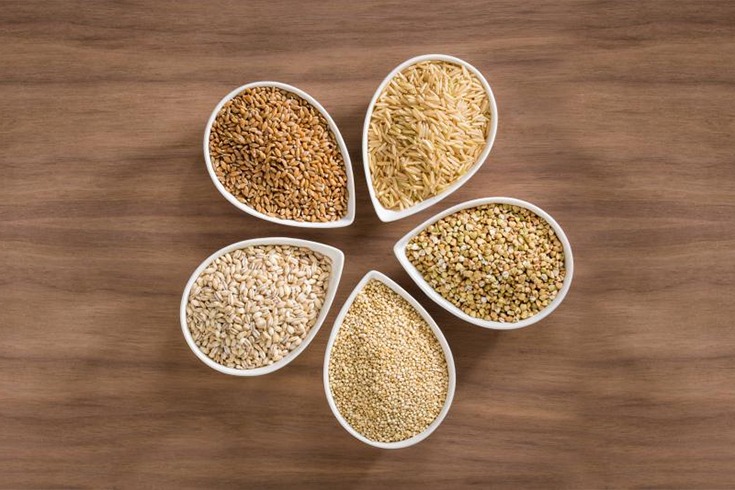
Source: today.mims.com
We had mentioned before that the primary cereal that is rich in gluten is wheat. That does not mean that you should stop eating gluten altogether. You can still have some cereals and starches without the fear of getting an allergy. Here are the ones that you can safely have:
- Oats: Naturally oats are gluten-free. However, most of the oats are processed in containers where other cereals containing gluten are processed. Hence they may get contaminated. Always look out for the label and buy those that say gluten-free.
- Rice: One of the most commonly had cereals, rice is also a staple diet in many parts of India. All types of plain rice – brown rice, long-grained or short-grained rice, wild rice, enriched rice and jasmine rice are gluten-free. However, make sure you stay away from flavored rice or vinegar rice as they may have trace amounts of gluten.
- Quinoa: Another favorite with those who are trying to be on a gluten-free diet, quinoa is a great way to start your day with. It is also a grain that has a high amount of protein. It is also a go-to cereal for those who prefer being a vegetarian or following a vegan lifestyle.
- Corns in all form: Cornmeal, cornflakes, corn flour, grits – all are gluten-free so you can have them without upsetting your system.
[sc:mediad]
- Different types of healthy fats: Contrary to popular belief, fats are actually good for you and can help you in maintaining a healthy lifestyle. You have to understand that there are bad fats as well. So make sure you focus on fats that will make your diet healthy. Some of the examples of good fats that you can include in your diet are: extra virgin olive oil (you could use this in salads or for sauteing veggies), coconut oil and sesame oil. While cooking Indian food, instead of using refined oil, you should stick to using organic butter or ghee. Apart from these, some other sources of good fat include almond milk, nuts, avocados, cheese (please avoid blue cheese), and different types of seeds like flax seeds, pumpkin seeds, chia seeds, etc.
- Vegetables: Most of the greens do not contain gluten, but some of them might have trace amounts of it that can trigger an allergy. Your safe bets will include – spinach, Brussel sprouts, lettuce, broccoli, kale, parsley, shallots, green beans, onions, mushrooms. Try and buy fresh produce from the market.
- Proteins: One of the food groups that are organically gluten-free, you are actually spoiled for choice when it comes to eating food items from this group. You can have eggs, different types of fish including salmon, cod, mahi mahi, basa, tuna, mackerel, herring, trout, sardines, etc. You can also include shellfish and mollusks in your diet including shrimp, crab, lobster, mussels, clams, oysters. It is always better to have meat items like poultry, and pork. Your options are endless, but remember processed food items may contain gluten. So always keep a keen eye out for the labels and read them when buying it from the supermarket. As always, we insist that you should stick to fresh meat instead of relying on canned or processed food.
- Low sugar food items: Trust us, when it comes to sugar, people are addicted to it and this habit brings with it a deluge of health problems. We suggest you try and eliminate as much as sugar possible from your diet as this will not only help you shed the extra weight but also limit your allergic reactions. Some of the low sugar fruits that could be included in your diet include – tomatoes, limes, lemons, bell pepper, eggplant, squash, zucchini, etc.
- Herbs and seasonings: Aren’t this the best part of any food? You can actually use a lot of herbs and seasonings to make your food taste even better, but always remember to check the labels. You will have to give up on the traditional chutney and ketchup because they contain gluten, but oregano, parsley, and dill are all your friends. Use mustard and salsa and get the zesty flavor in your diet!
- Beans: Different types of beans including black beans, green beans, chili beans and kidney beans are very rich in fiber and protein and also gluten-free. Enjoy your bean salad with a dip of salsa without the fear of a deadly allergy
- Tapioca: This is produced from the cassava root and gluten-free. However, just like oats, there is a possibility that they may get contaminated due to the plants or mills they are produced and processed in, so always watch out and pick labels that say gluten-free.
- Milk and Dairy products: These should be had in moderation but they are actually gluten-free. Keep in mind that milk, butter, and REAL cheese do not contain gluten. If you are keen on trying flavored dairy products, including different flavored yogurts and ice creams – check the labels. The popular flavored food might actually have traces of gluten. Your best bet again would be to stick to fresh products or those that come with a gluten-free label.
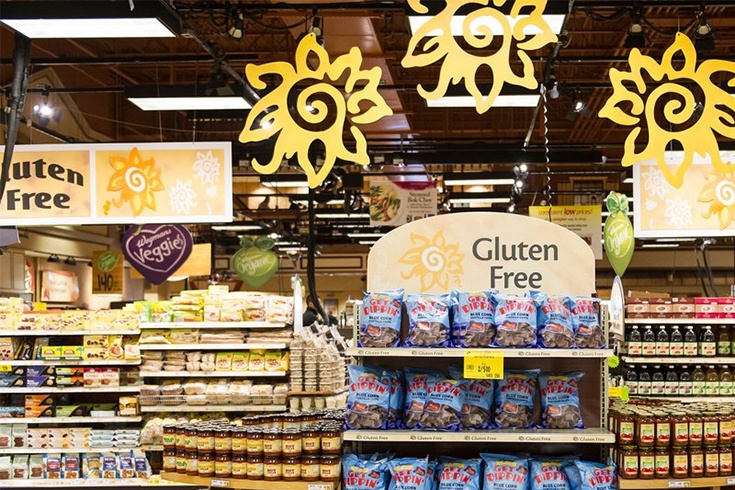
Source: nyt.com
Hope you found this article on gluten-free diet informative and interesting.
Remember, diagnosis and understanding that you might have a gluten allergy are very important. Not only will this help keep the food allergy-related complications at bay, but you will also be able to have a much happier and healthier life with a good gluten-free diet. So if you feel that some food item has made you sick, make sure you get yourself checked for gluten sensitivity.
Do you suffer from a gluten allergy? Do you follow a gluten-free diet? Please share any gluten-free recipes you know or any list of dos and don’ts you follow with other health watchers here.
